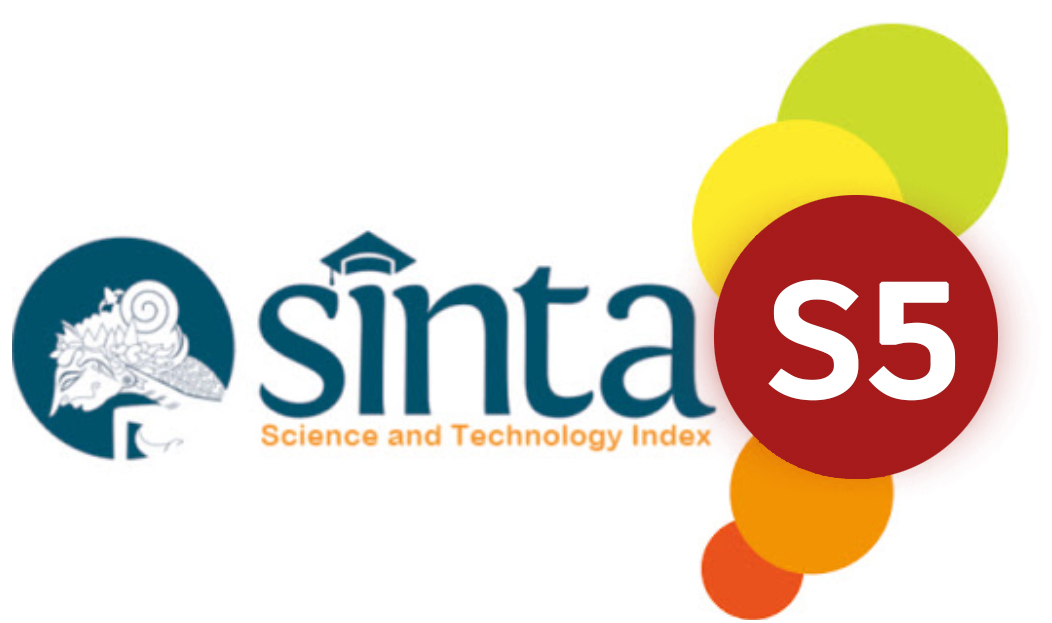Review of Ecosystem Typology of the Musi River Flow is Affected by Several Ecological Functions of Peat, Mangrove, and Estuarine Ecosystems
Abstract
The Musi Watershed as a priority watershed is also contained in the Decree of the Minister of Forestry No. SK.328/Menhut-II/2009. The Musi watershed with an area of about a million ha is one of the 108 watersheds in Indonesia that was designated by the Minister of Forestry Decree No. SK.328/MenhutII/2009 as a priority watershed because of its critical condition. This condition is indicated by the area of critical land with a moderately critical to very critical category which reaches 1.7 million ha. Another indication is that the remaining forest cover in South Sumatra is 1,346.8 ha (± 15.6% of the total area of South Sumatra). Musi watershed is simply an area unit that drains water to the same point which is influenced by various ecosystems in it, such as Peatland is a unique ecosystem that has economic value, ecological value, and environmental function, and downstream there is a Mangrove ecosystem and Estuaries, this ecosystem from ecological and environmental functions, among others, has a high biodiversity value, a hydrological function in the management of storage and release of water, as well as a carbon storage function. South Sumatra has a peat area of 14 million ha or 16.3% of the total area, and this condition is one of the potential natural resources to be managed and utilized for the benefit and welfare of the entire community.


















